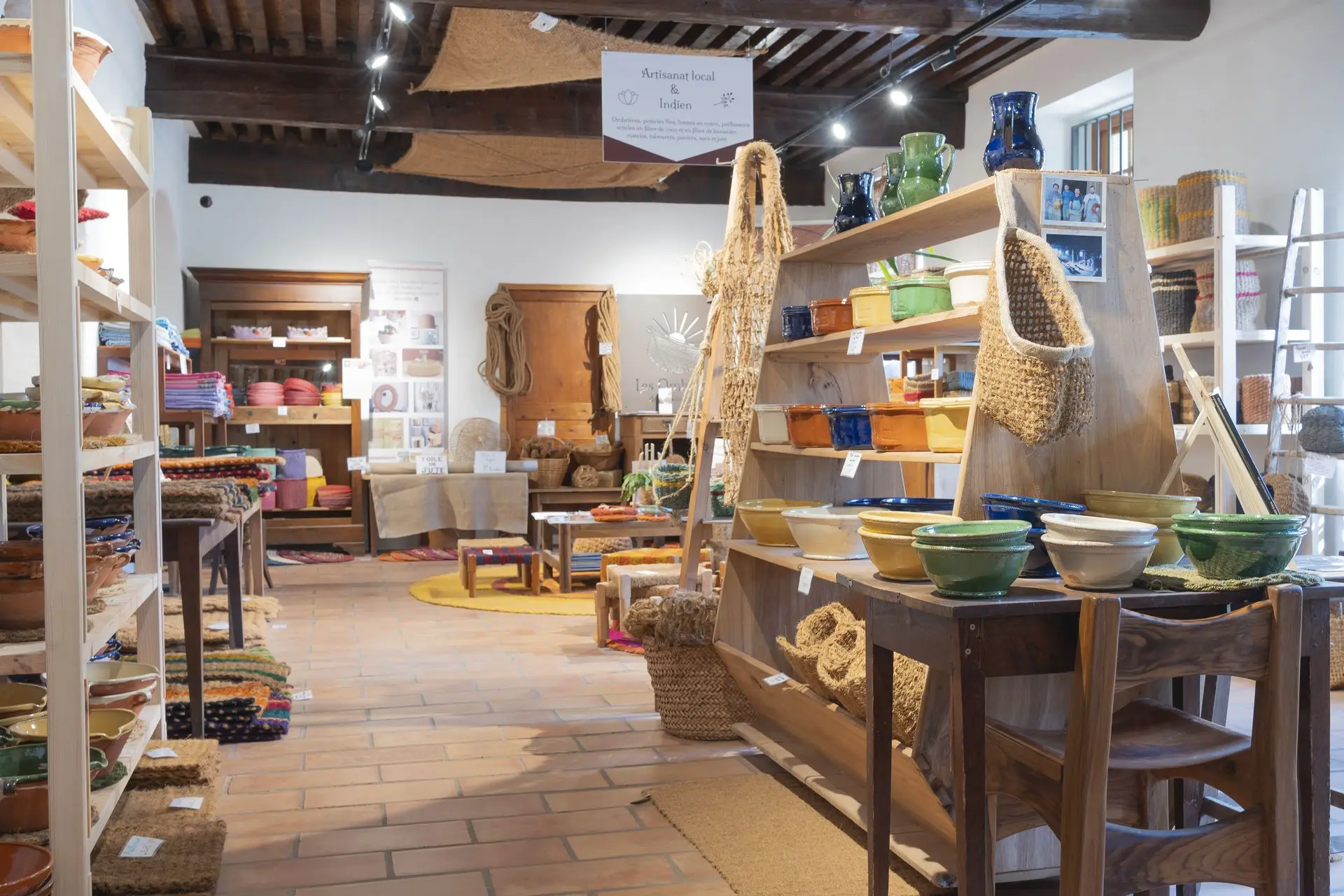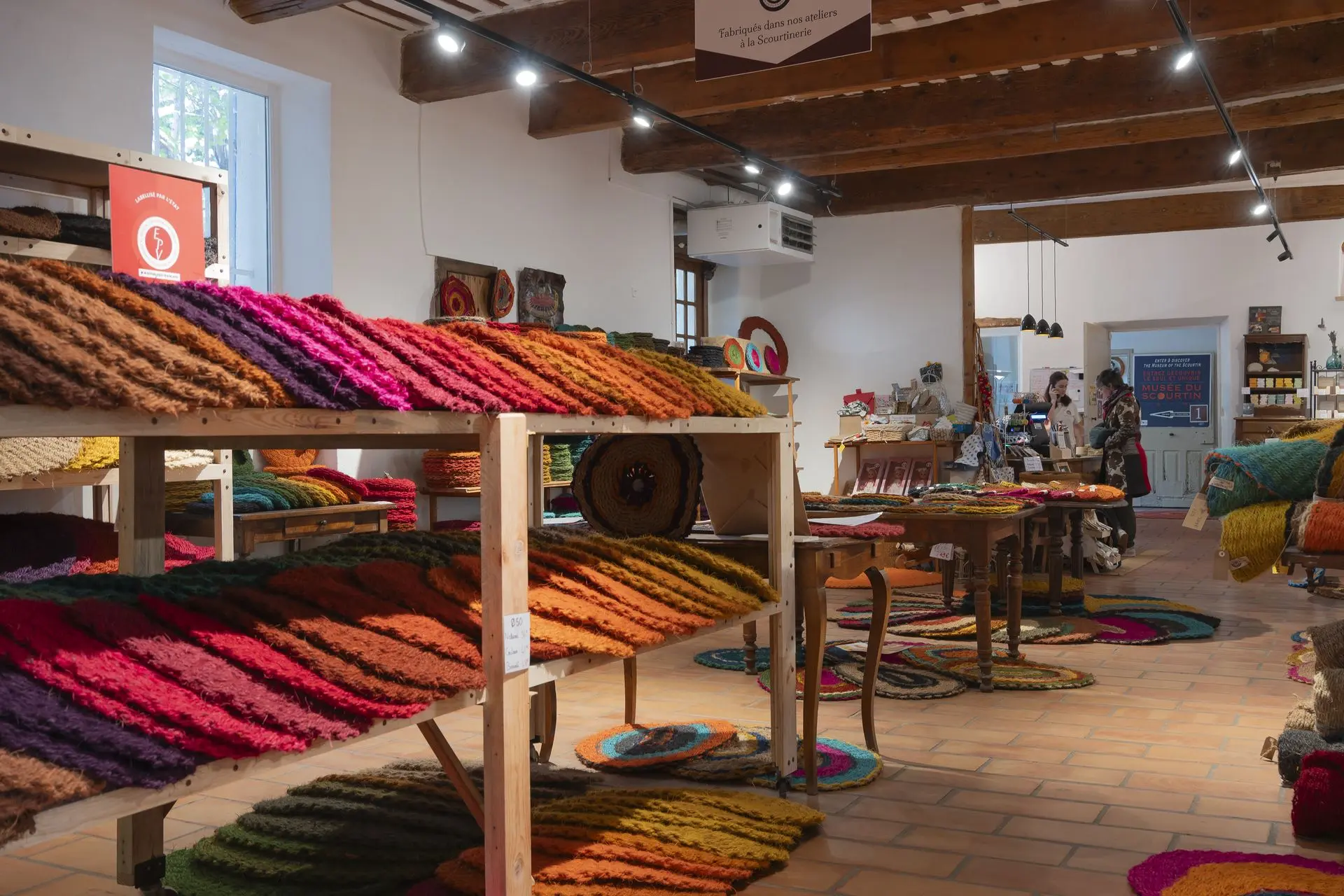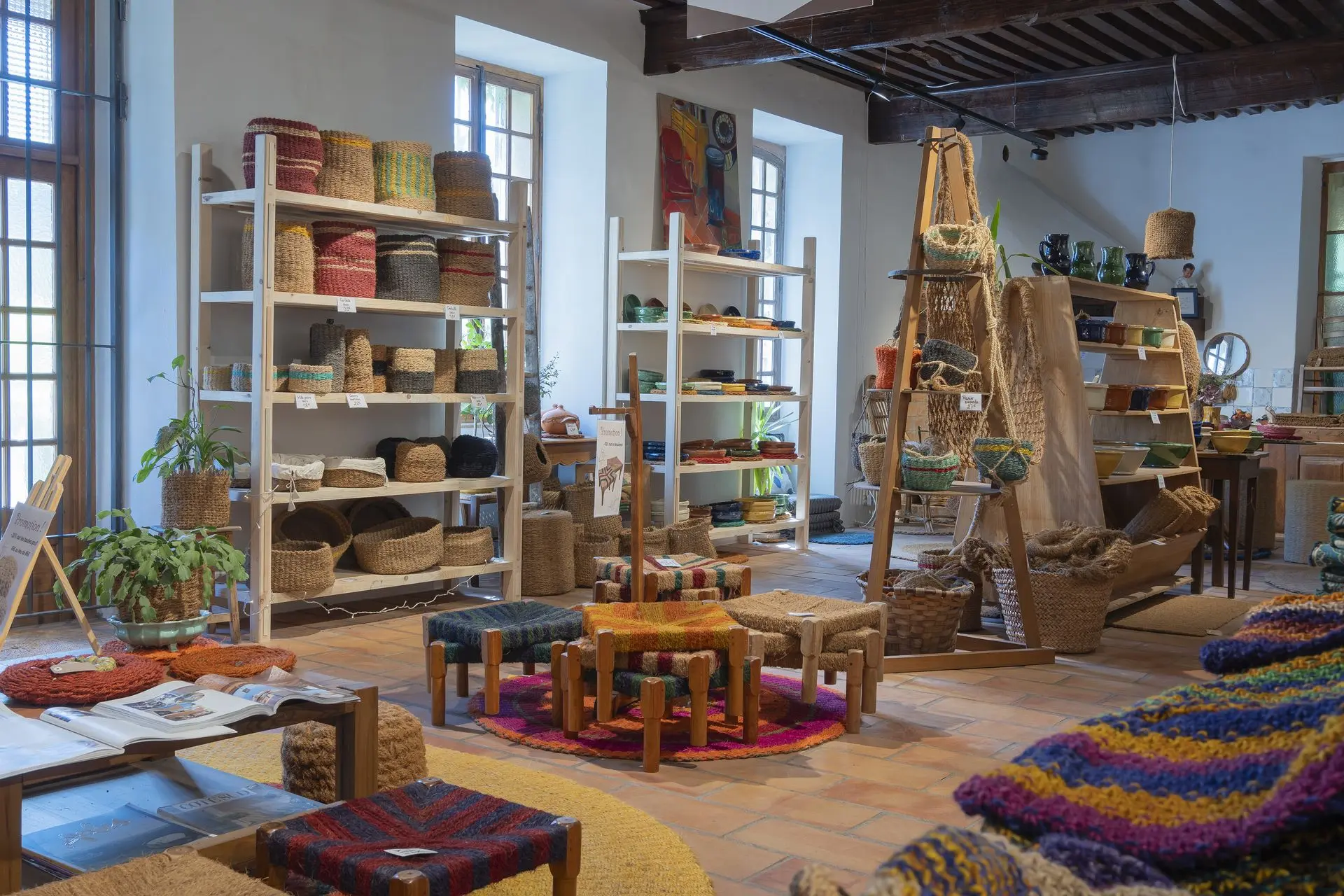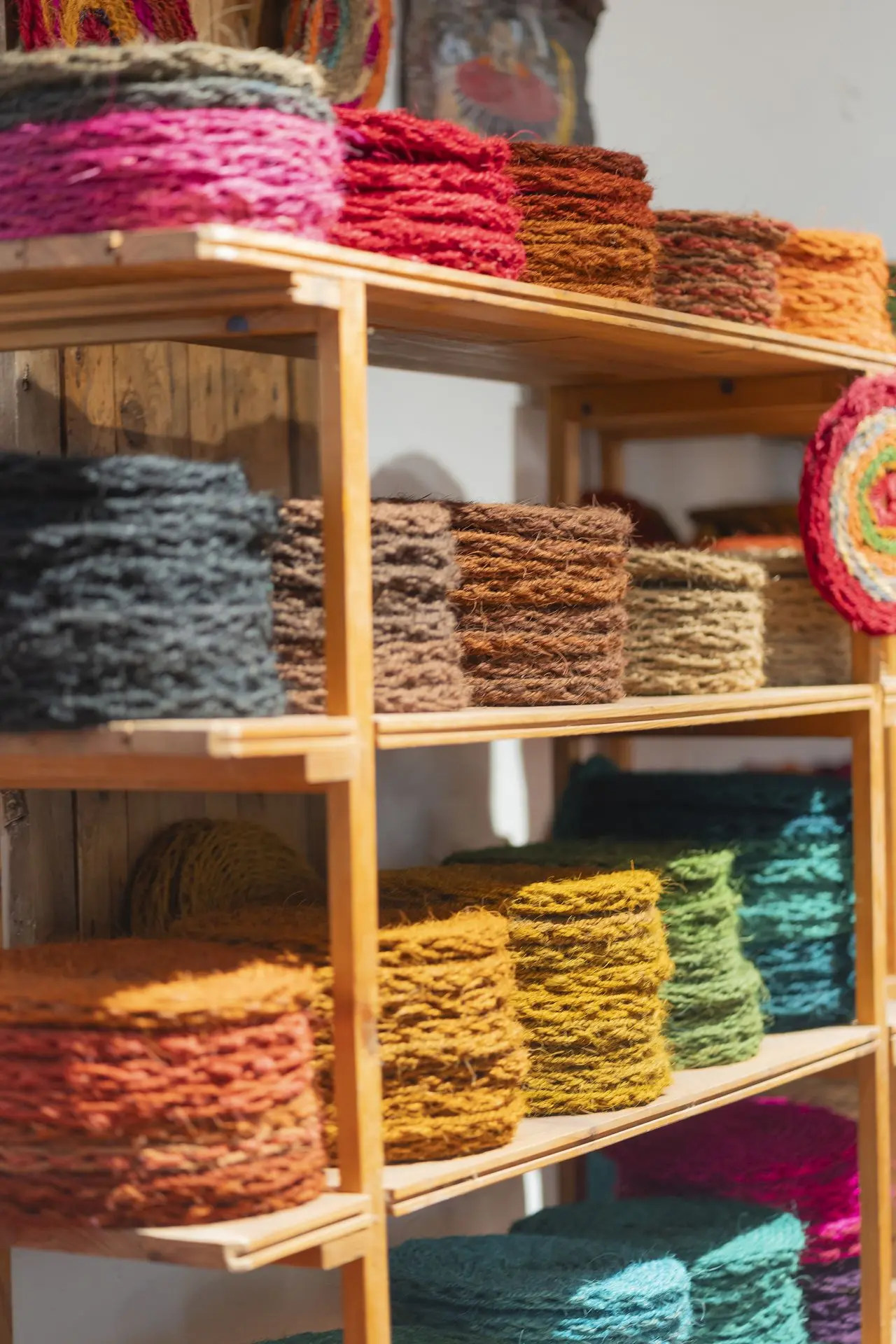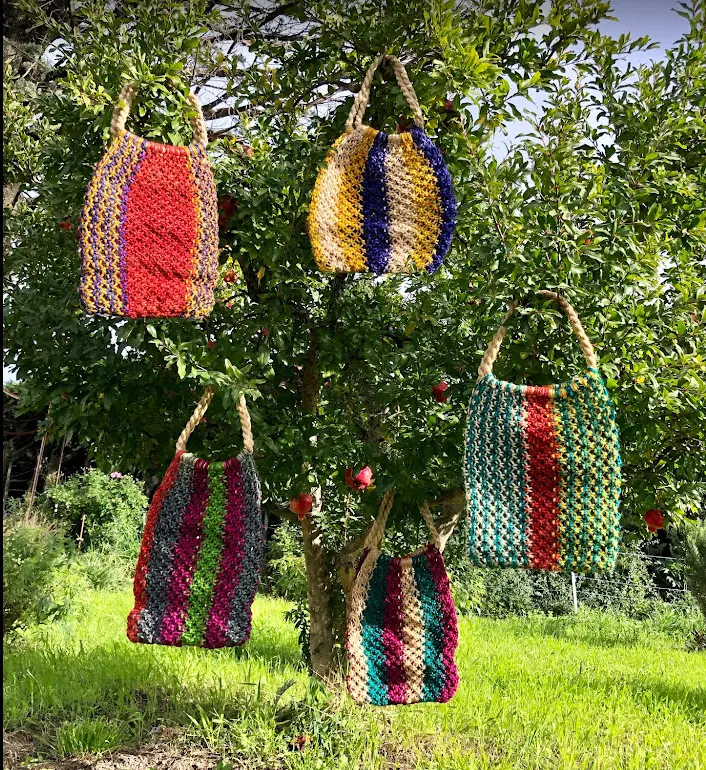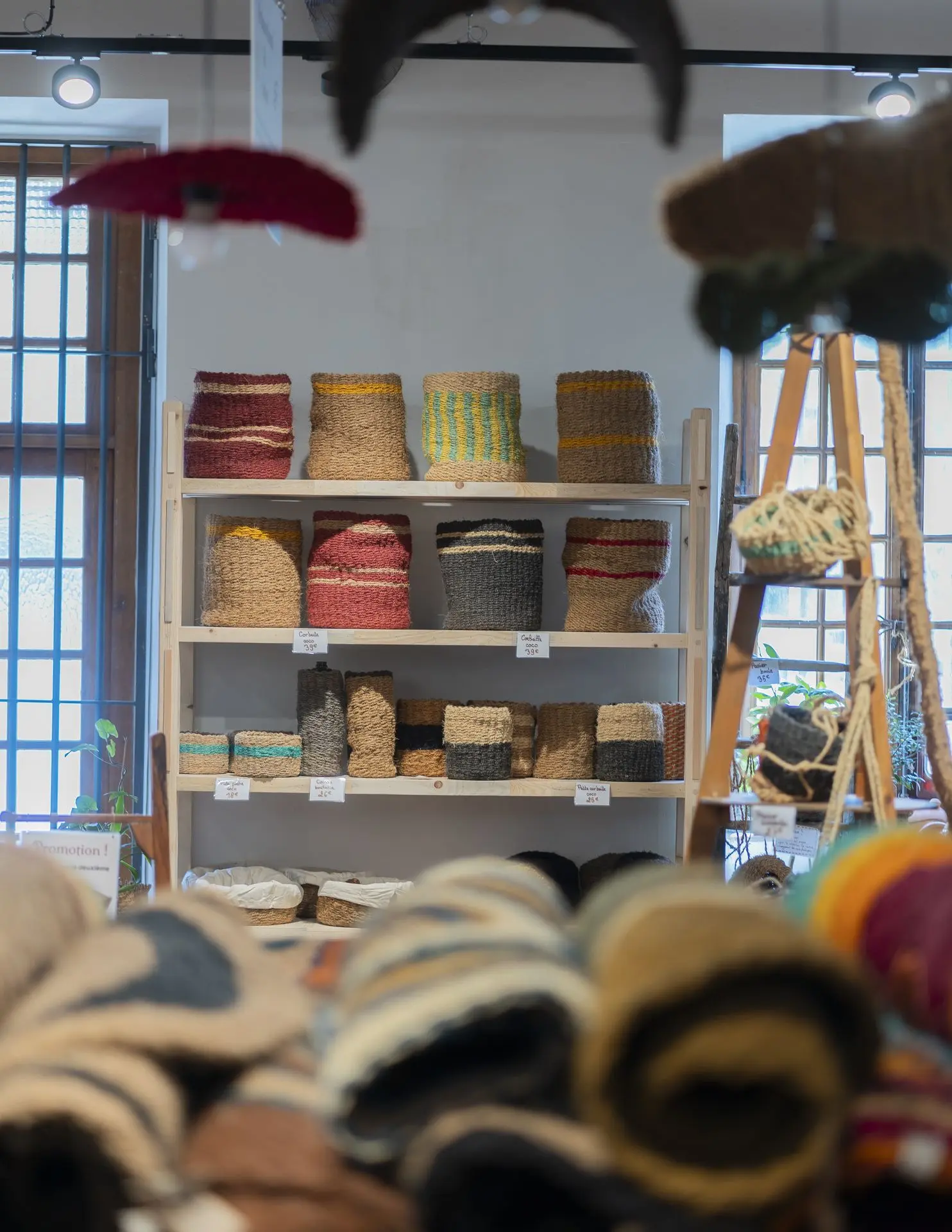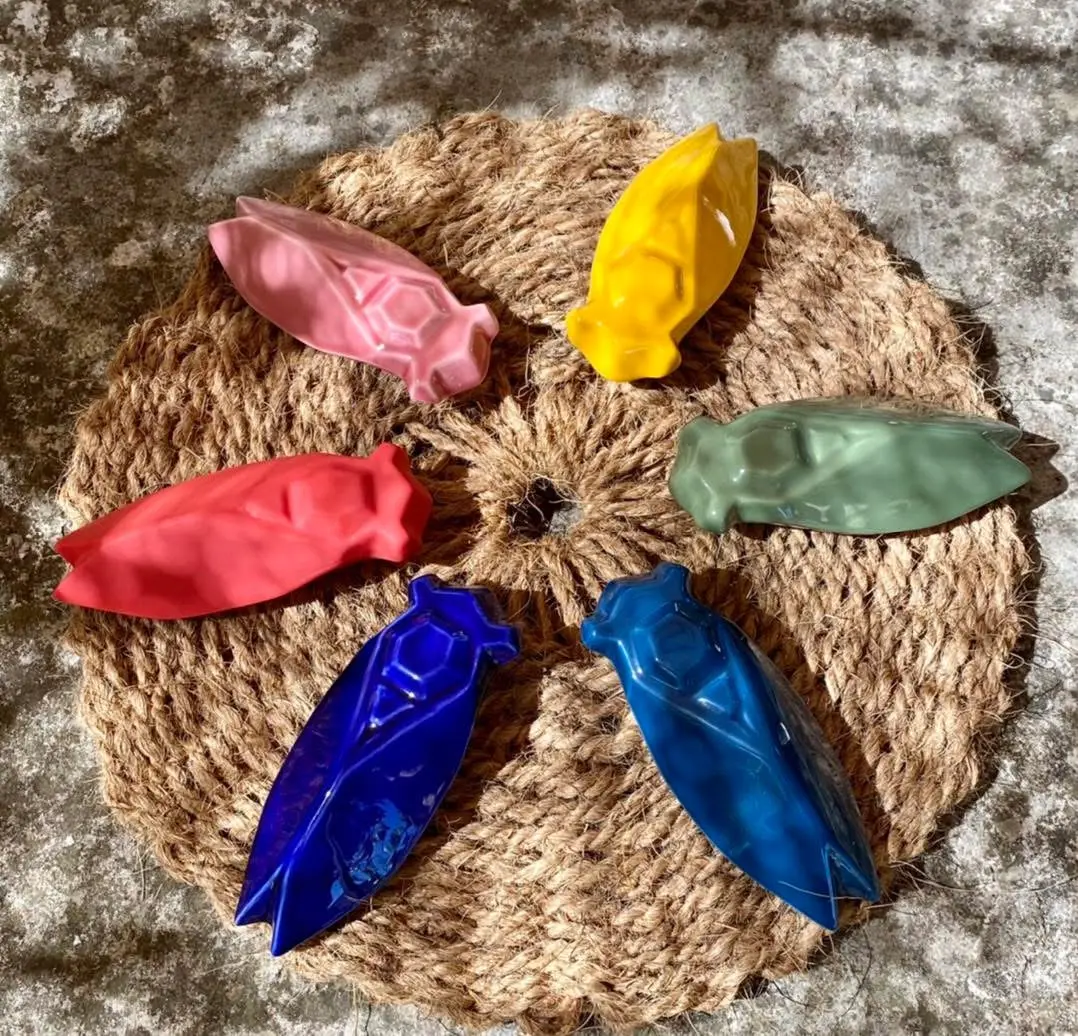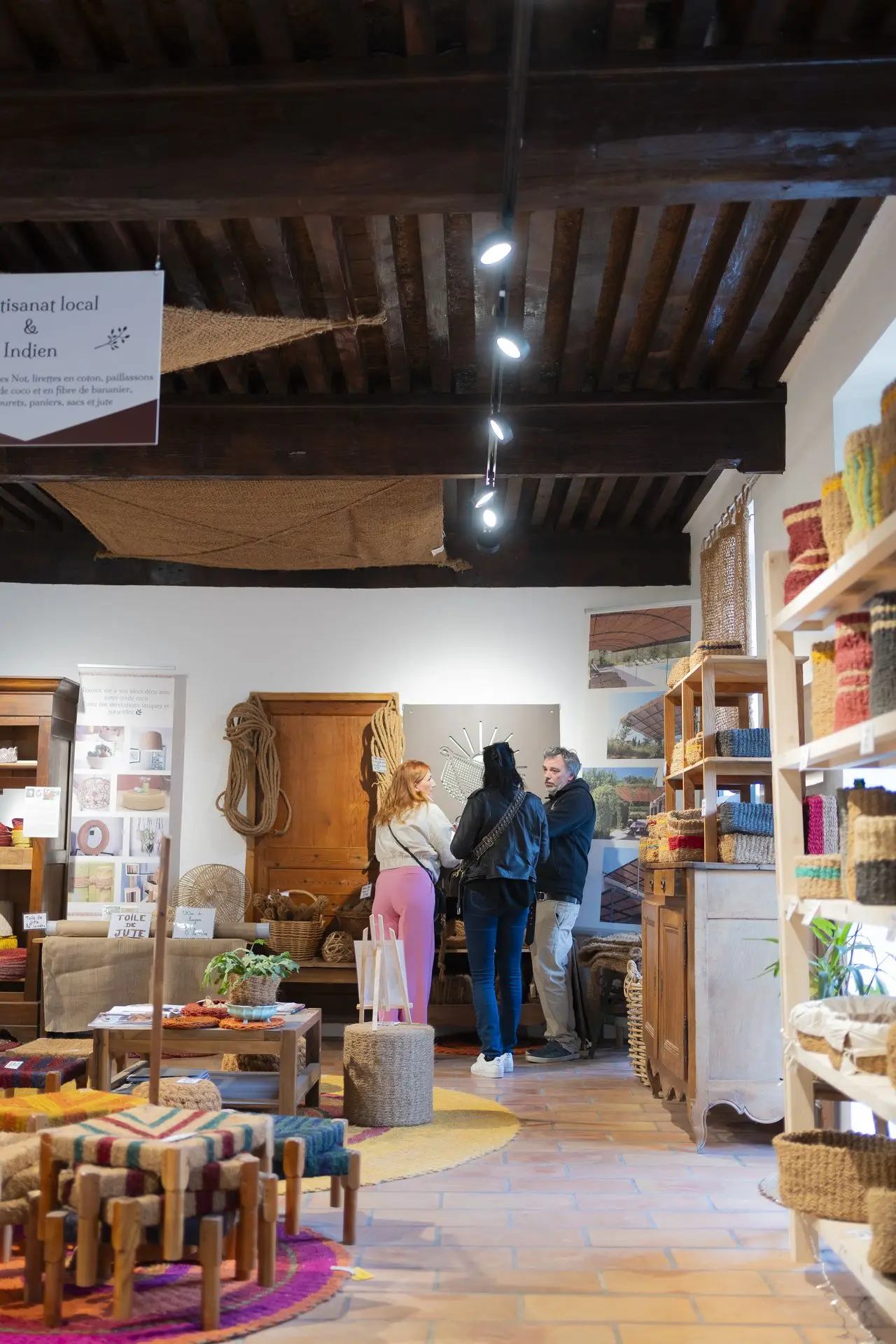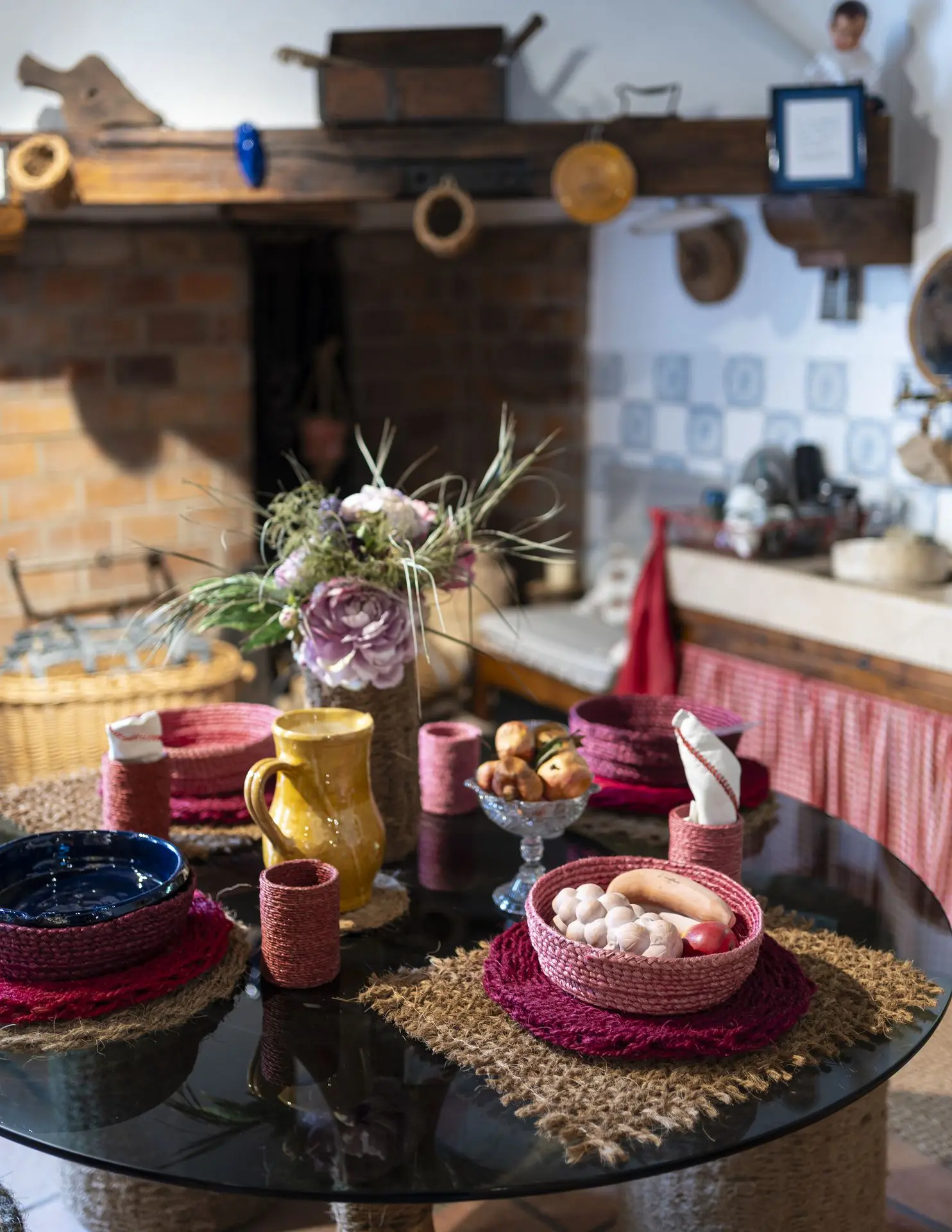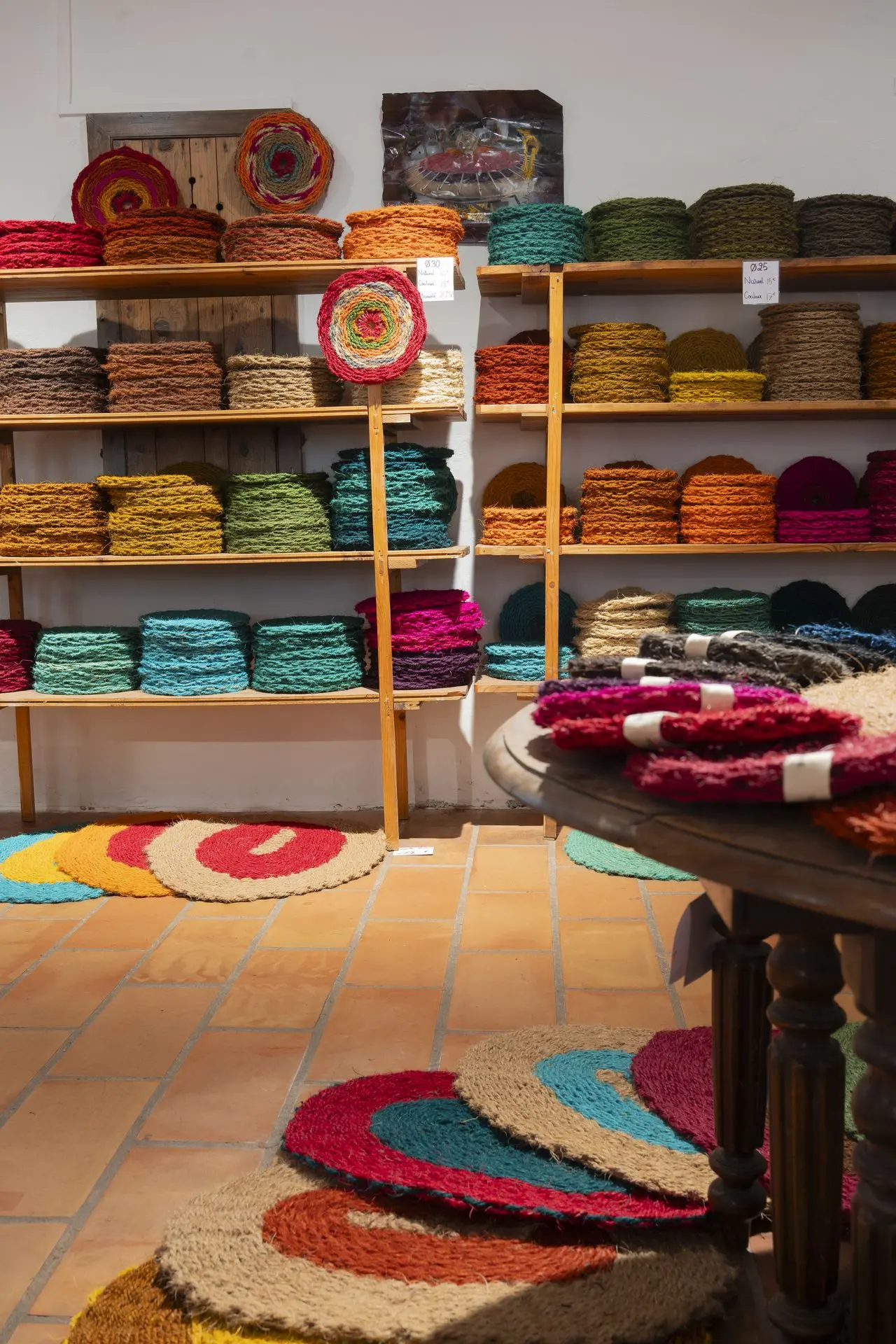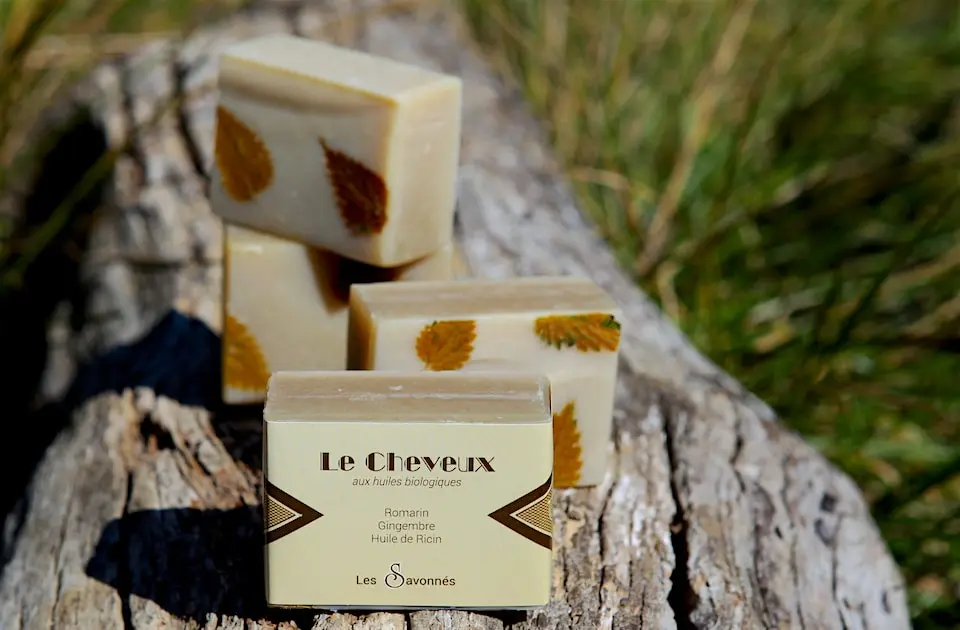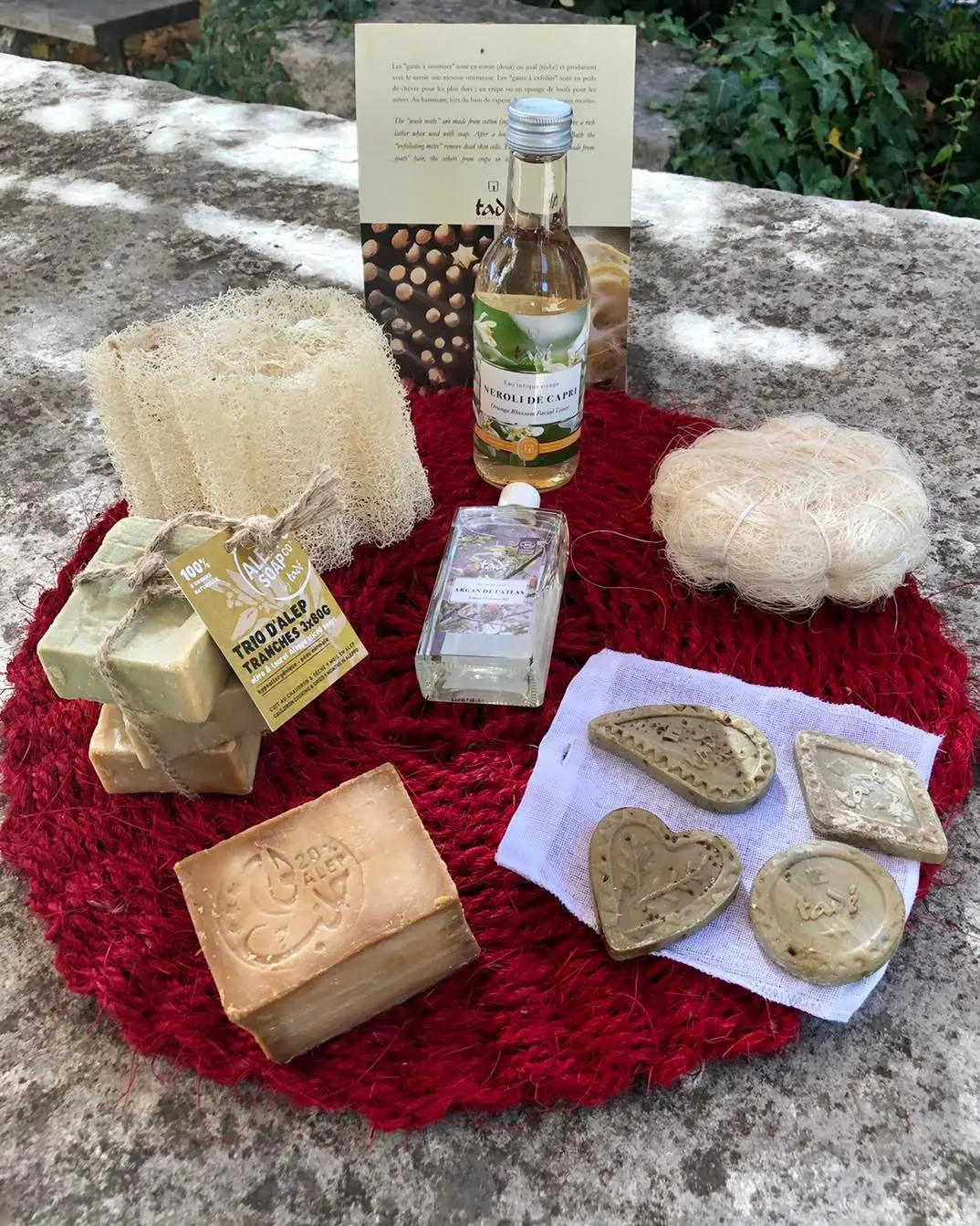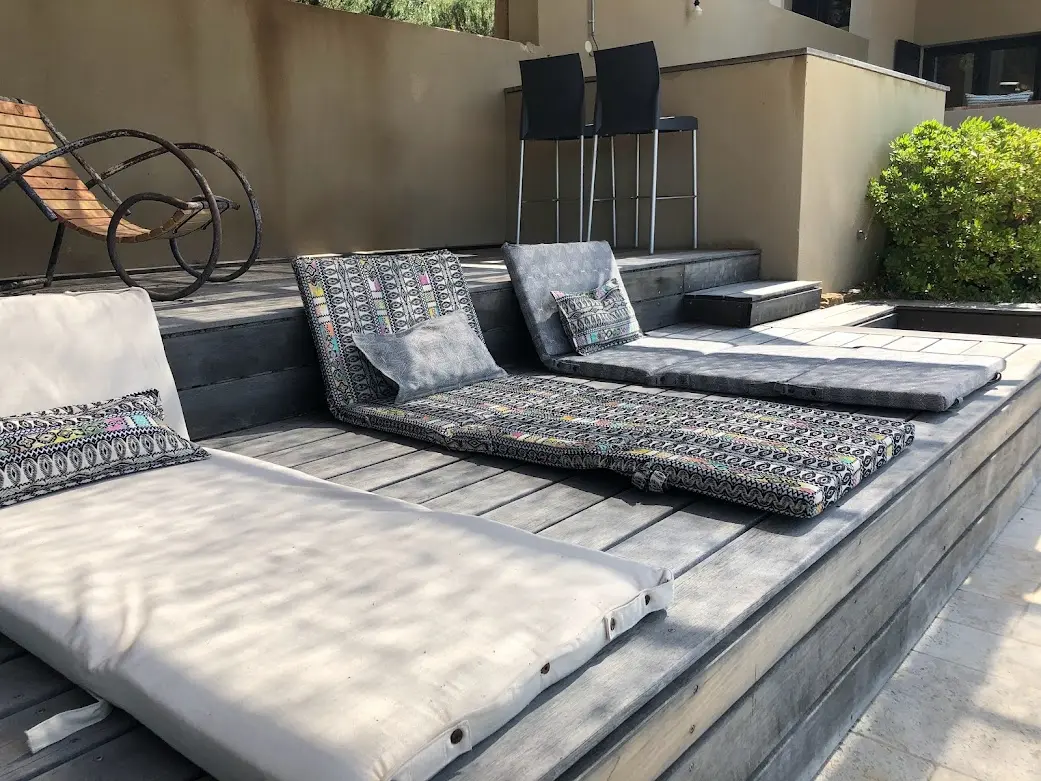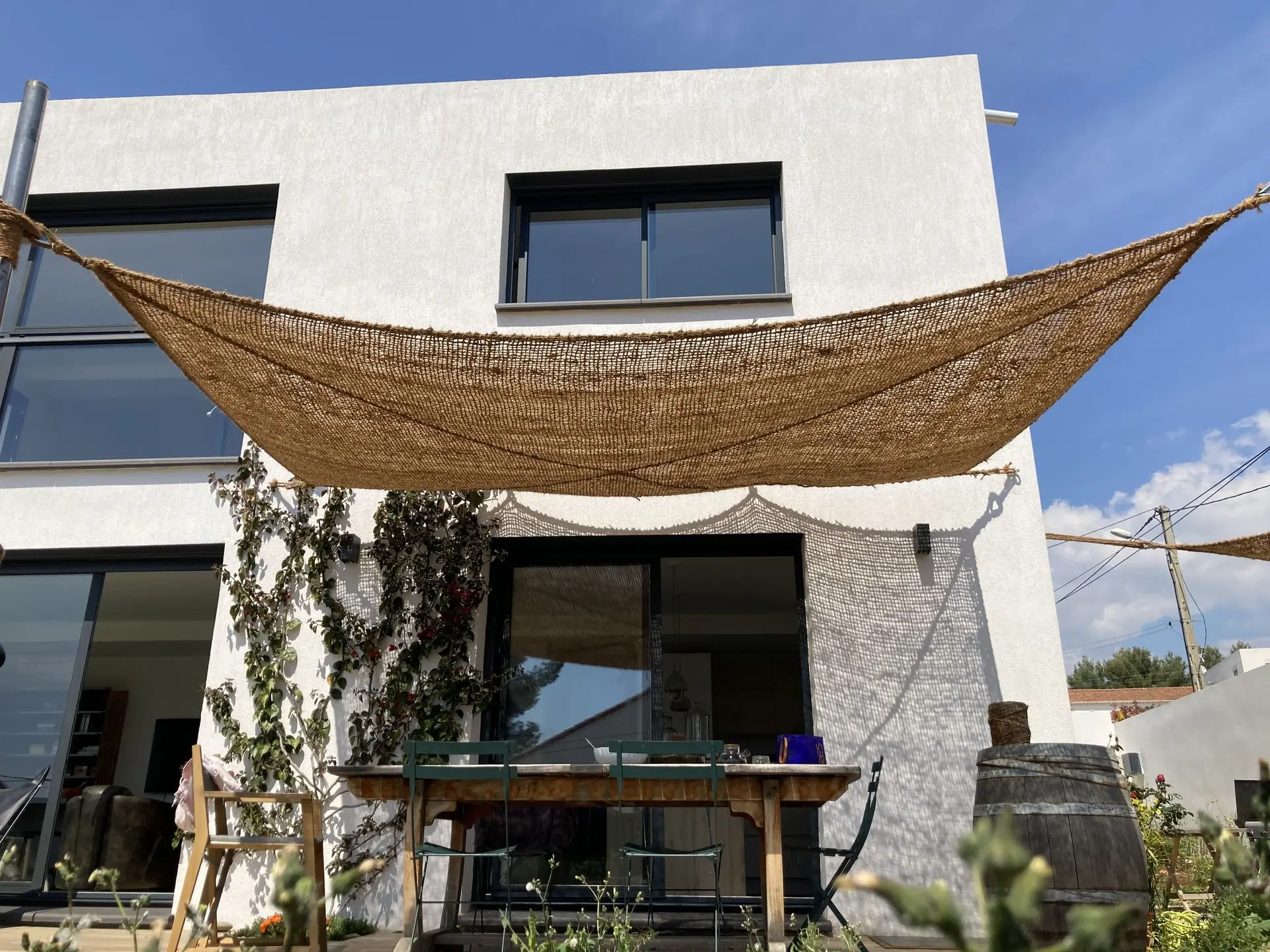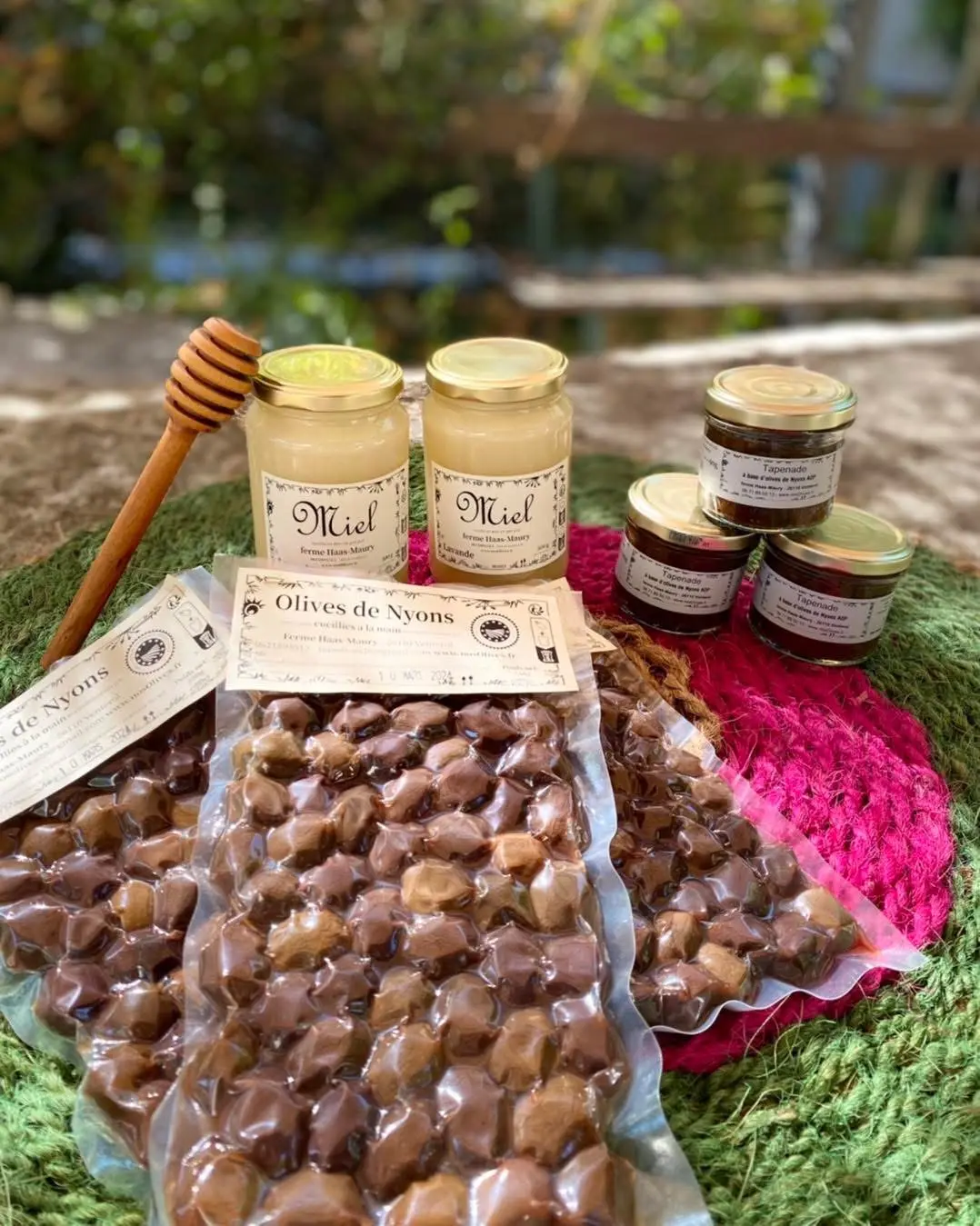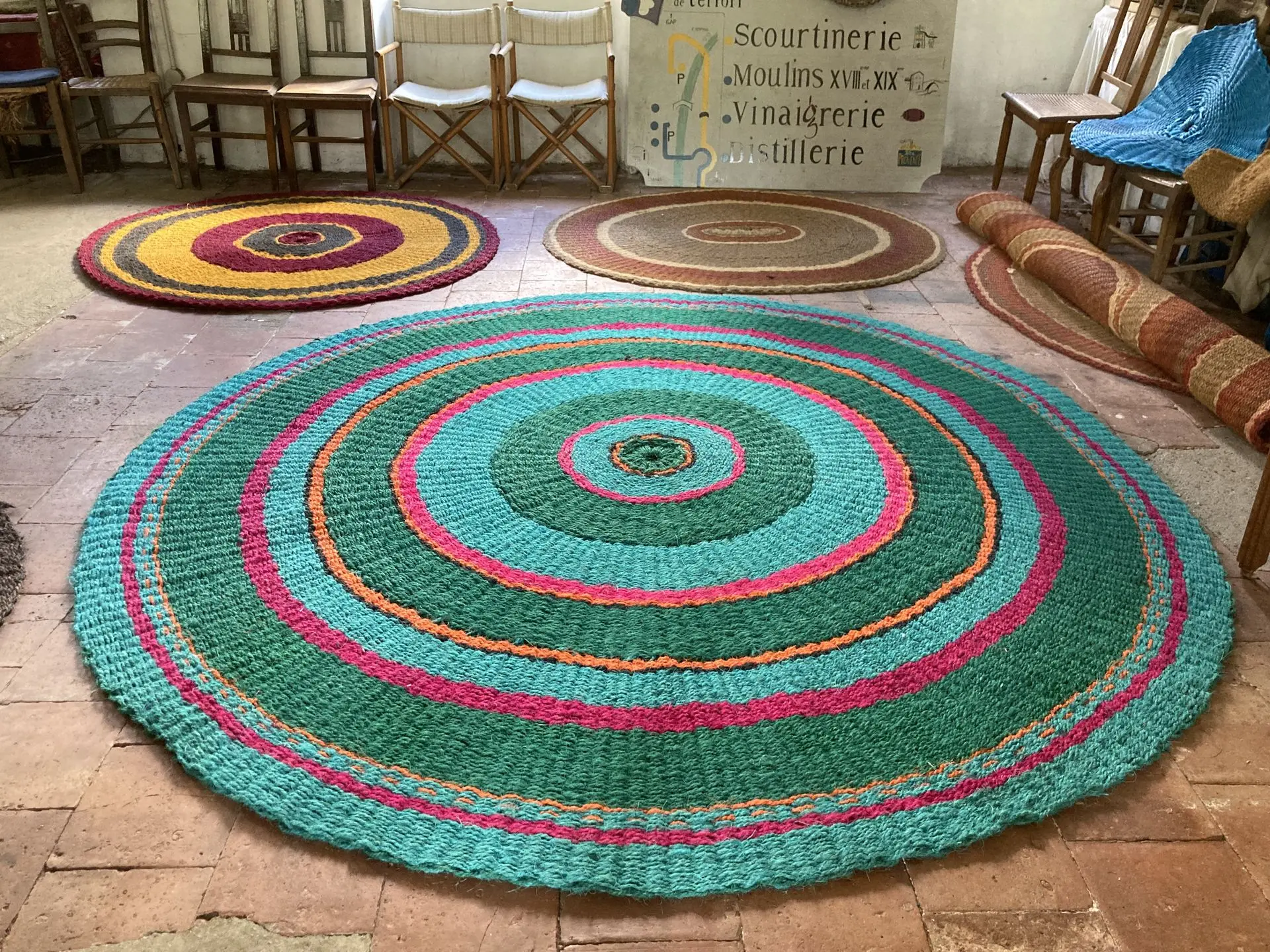The Nyons Shop
The shop at La Scourtinerie was established in 1979 by Alain and Marie Jeanne Fert.
It was renovated in 2024 to better welcome you, thanks in particular to the valuable support of the Auvergne Rhône-Alpes Region.
This support allowed us to modernize our reception and visitor area while staying true to our commitment to local craftsmanship and authenticity.
Whether you’re a heritage enthusiast, curious to explore our workshops, or searching for a unique piece for your home, our shop is a place of sharing and exchange where every visitor is warmly welcomed.
We look forward to sharing our unique world with you!
We are open every day except Sundays and public holidays.
From 9:00 AM to 12:30 PM and from 2:00 PM to 6:00 PM (6:30 PM in summer).
Available in various sizes and colors
Created at La Scourtinerie in 2017
In France for 4 generations
Soaps and Perfumes
Typical of Provence
From South India
Sold by the meter and by the kilogram
Customizable and Made to Orde
An efficient and modern machine
Available in various sizes and colors
Created at La Scourtinerie in 2017
Made in France for 4 generations
Typical of Provence
Soap and perfums
From South India
Sold by the meter and by the kilogram
Customizable and made to order
FRENCH COMPANY

LIVING HERITAGE COMPANY

ANCESTRAL KNOW-HOW

NATURAL AND SUSTAINABLE RESOURCE

FRENCH COMPANY

LIVING HERITAGE COMPANY

ANCESTRAL KNOW-HOW

NATURAL AND SUSTAINABLE RESOURCE


